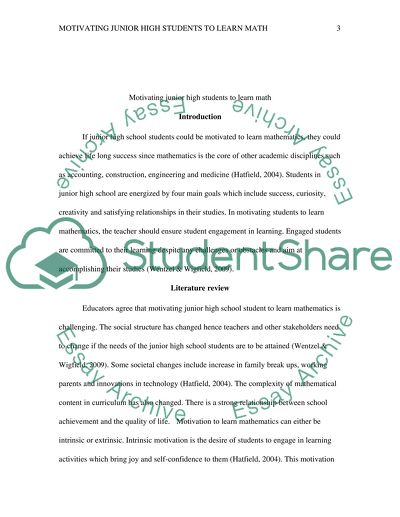Cite this document
(“Motivating Junior High Students to Learn Math Research Paper”, n.d.)
Motivating Junior High Students to Learn Math Research Paper. Retrieved from https://studentshare.org/education/1441915-motivativating-junior-high-students-to-learn-math
Motivating Junior High Students to Learn Math Research Paper. Retrieved from https://studentshare.org/education/1441915-motivativating-junior-high-students-to-learn-math
(Motivating Junior High Students to Learn Math Research Paper)
Motivating Junior High Students to Learn Math Research Paper. https://studentshare.org/education/1441915-motivativating-junior-high-students-to-learn-math.
Motivating Junior High Students to Learn Math Research Paper. https://studentshare.org/education/1441915-motivativating-junior-high-students-to-learn-math.
“Motivating Junior High Students to Learn Math Research Paper”, n.d. https://studentshare.org/education/1441915-motivativating-junior-high-students-to-learn-math.


